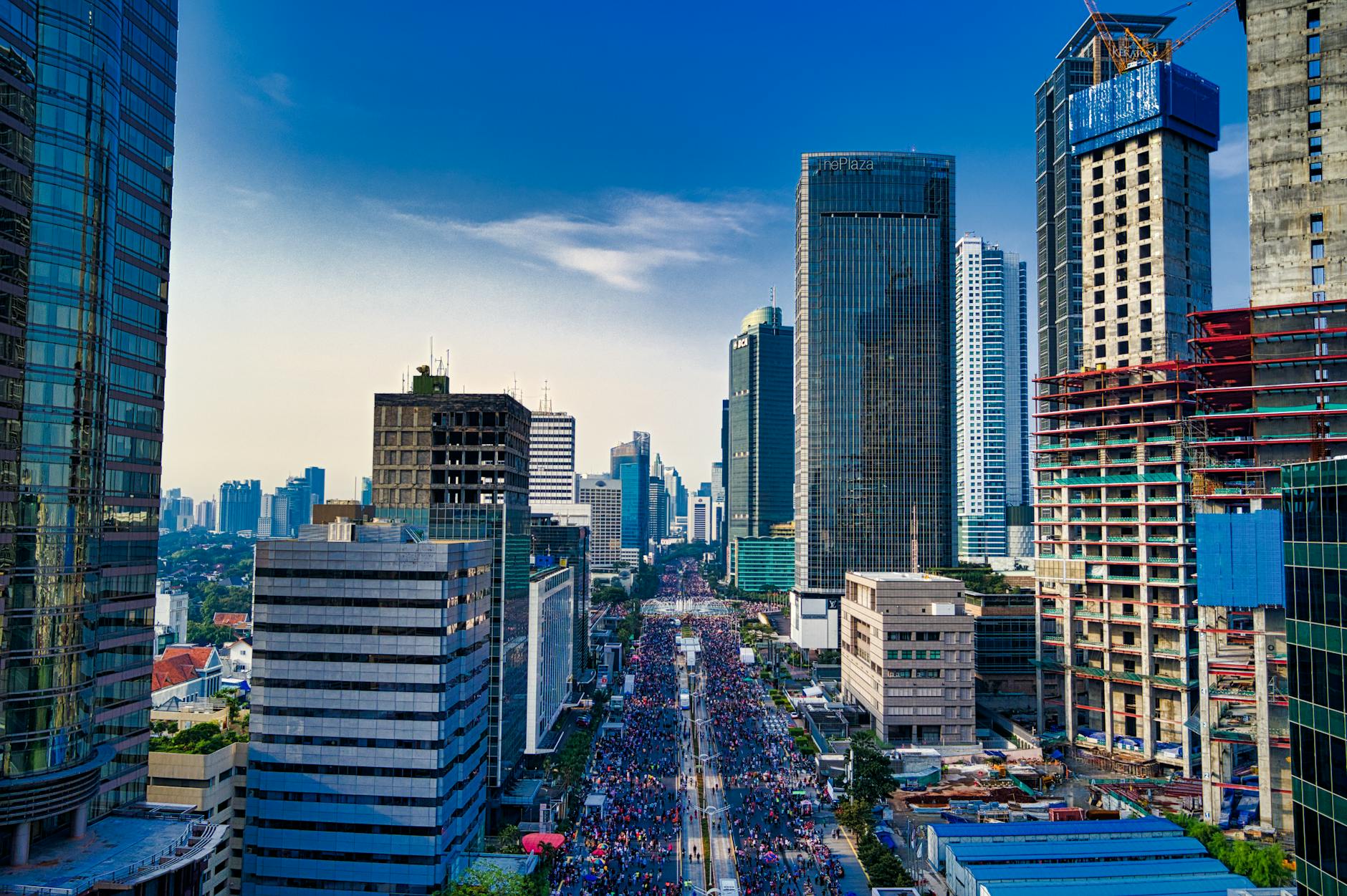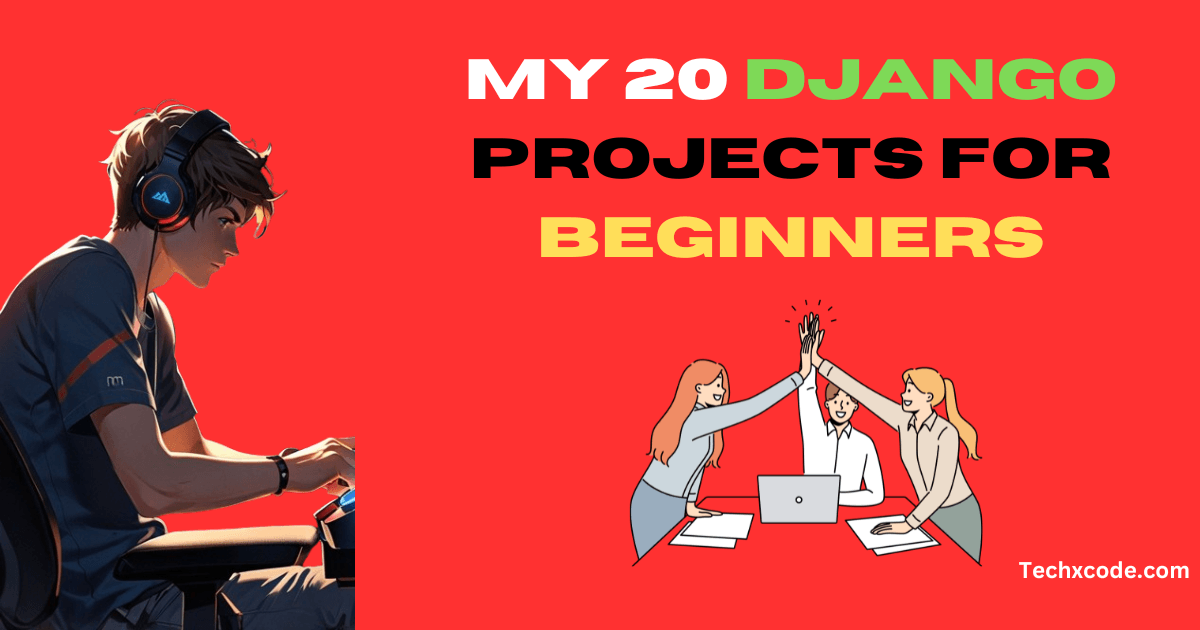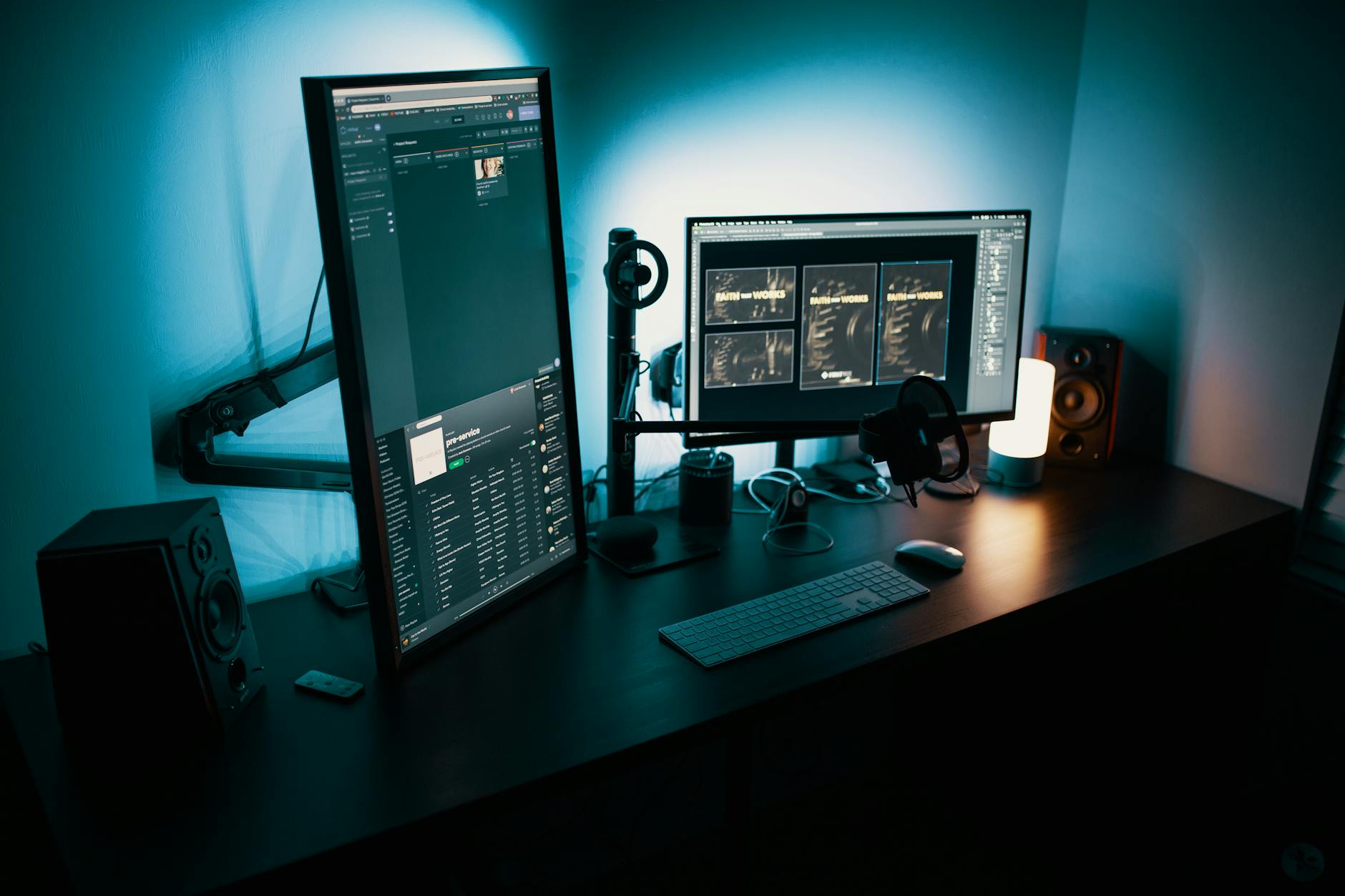Unlocking the Future of AI with Retrieval-Augmented Generation (RAG) Workflows
Table of Contents:
- Introduction to RAG-Based Question-and-Answer LLM Workflows
- What is a RAG-Based Workflow?
- Why NVIDIA’s Approach is a Game-Changer
- The Workflow Breakdown
- Technical Advancements in NVIDIA’s RAG-Based LLMs
- How Developers Can Leverage NVIDIA’s RAG-Based Workflows
- Best Practices for Implementing RAG Workflows
- Challenges and Solutions in RAG Workflows
- External and Internal Linking for Additional Insights
- Future of RAG-Based LLM Workflows at NVIDIA
- Conclusion
Introduction to RAG-Based Question-and-Answer LLM Workflows at NVIDIA
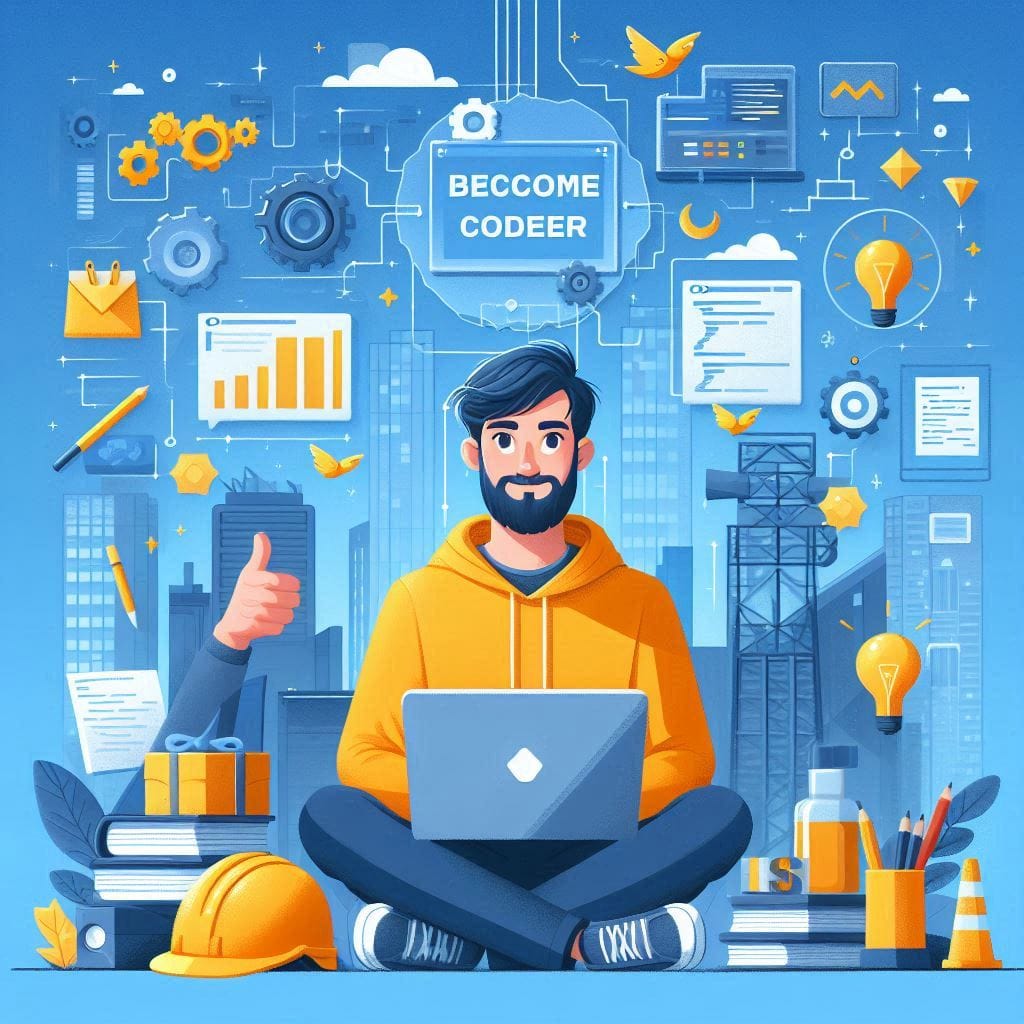
Introduction
When it comes to large language models (LLMs), maximizing their accuracy and efficiency is paramount. NVIDIA’s approach to RAG-based question-and-answer LLM workflows promises a groundbreaking way to combine the power of deep learning with data retrieval for more precise AI outputs. But what does this mean, and why should developers and businesses care?
What is a RAG-Based Workflow?
A RAG-based workflow, or Retrieval-Augmented Generation, is a method that combines traditional LLM processing with external information retrieval. Unlike standard models relying solely on training data, RAG-enhanced models can fetch and incorporate up-to-date and specialized information during runtime. This combination of generative capabilities and real-time data retrieval gives NVIDIA’s RAG-based LLMs a significant edge in creating question-and-answer workflows.
Why NVIDIA’s Approach is a Game-Changer
NVIDIA’s infrastructure and deep learning capabilities make their implementation of RAG-based workflows especially powerful. Leveraging its state-of-the-art hardware, NVIDIA optimizes data retrieval and neural network interactions to create a seamless and fast processing environment.
Key Benefits:
- Improved Accuracy: Real-time data enhances answer quality.
- Scalability: NVIDIA’s hardware and software integration ensures rapid scalability.
- Customizability: Developers can tailor workflows based on their data requirements.
The Workflow Breakdown
- Query Input:
Users submit a question. This query triggers a search across external and internal data sources using NVIDIA’s optimized retrieval algorithms. - Data Retrieval:
NVIDIA’s infrastructure quickly identifies and fetches relevant data, optimizing search processes for speed and accuracy. - Integration with LLM:
The LLM processes the retrieved data alongside its generative capabilities, allowing it to generate well-informed answers. - Answer Generation:
The final step combines the retrieved content with the model’s learned knowledge to deliver comprehensive, relevant answers.
Technical Advancements in NVIDIA’s RAG-Based LLMs

Technical Advancements in NVIDIA’s RAG-Based LLMs
NVIDIA has incorporated several technical advancements into its RAG-based workflows, including optimizations for parallel processing, real-time data updates, and advanced search algorithms. Let’s dive into the details of these features:
- Parallel Processing:
NVIDIA’s GPUs are designed for parallel processing, which means faster computations and quicker responses. The RAG workflows utilize this to perform simultaneous data retrieval and LLM operations, significantly boosting overall speed. - Real-Time Data Updates:
By continuously updating external databases, NVIDIA ensures that its RAG models always have access to the latest information, reducing the risk of outdated answers. - Advanced Search Algorithms:
NVIDIA employs sophisticated algorithms for data retrieval, ensuring that only the most relevant information is passed to the LLM for answer generation.
How Developers Can Leverage NVIDIA’s RAG-Based Workflows
Developers working on LLM-based applications can use NVIDIA’s RAG-based workflows to build question-and-answer systems for healthcare, finance, and e-commerce industries. Here’s how:
- Healthcare: Create models that can answer real-time medical questions using the latest research.
- Finance: Build LLMs that fetch updated stock prices and financial news to provide the most accurate investment advice.
- E-Commerce: Improve customer support chatbots by integrating RAG-based workflows that provide product information in real time.
Best Practices for Implementing RAG Workflows
For developers looking to get started with NVIDIA’s RAG-based question-and-answer LLM workflows, here are some best practices:
- Optimize Data Sources: Ensure that the external databases or APIs connected to your workflow are well-organized and frequently updated.
- Fine-Tune LLMs: While RAG workflows can enhance accuracy, the core LLM should still be fine-tuned based on specific domains or industries.
- Utilize NVIDIA’s Infrastructure: NVIDIA’s hardware is specifically designed to handle high-volume parallel processing. Make sure to leverage its full potential.
Challenges and Solutions in RAG Workflows
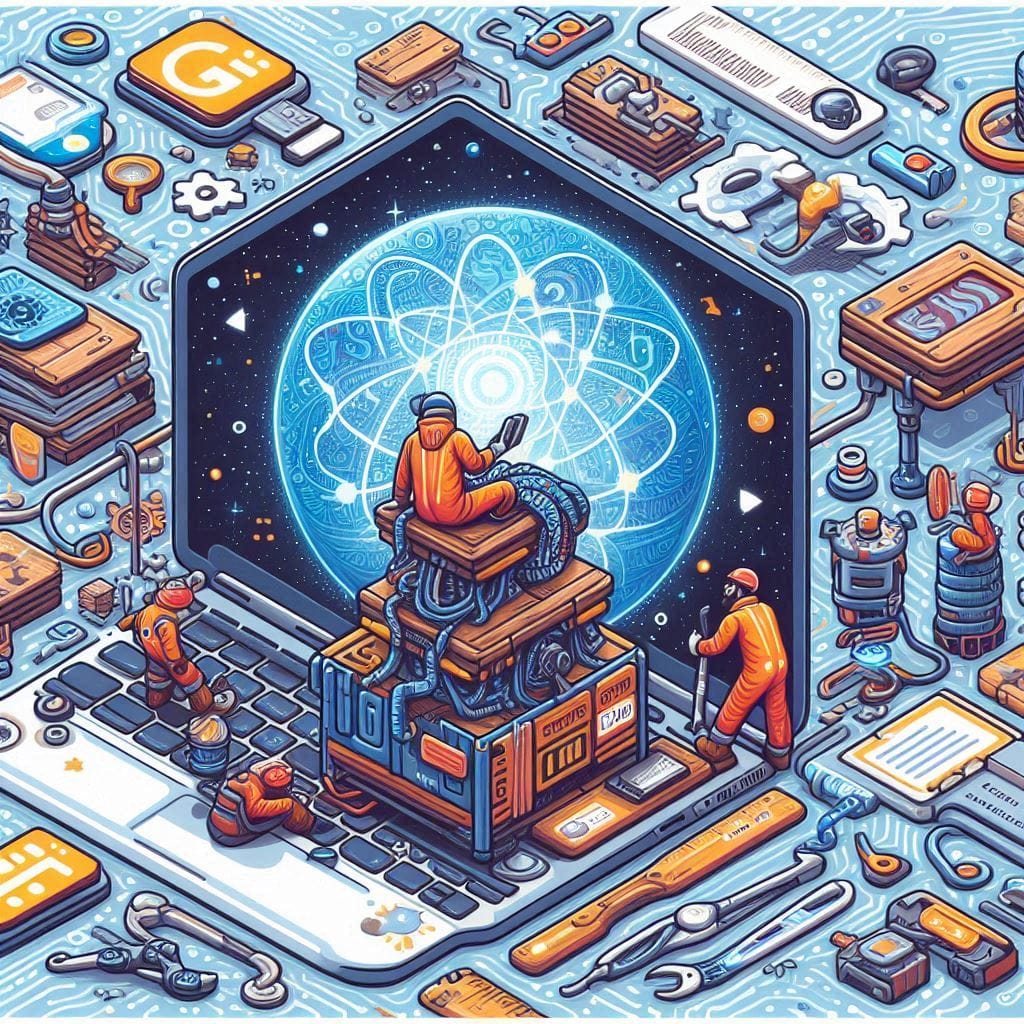
Challenges and Solutions in RAG Workflows
Despite its benefits, implementing RAG-based LLM workflows can come with challenges:
- Data Quality: Not all retrieved data will be accurate or relevant. Developers need to implement filtering mechanisms to ensure quality.
- Latency Issues: Real-time data retrieval can introduce latency. NVIDIA tackles this with its fast GPUs, but developers should still monitor and optimize response times.
External and Internal Linking for Additional Insights
If you are curious to know more about the technical aspects of RAG-based question-and-answer LLM workflows, you can read NVIDIA’s detailed technical guide here. Additionally, for developers interested in learning more about AI development, explore the blog on TechXcode about “Optimizing LLM Infrastructures.”
Future of RAG-Based LLM Workflows at NVIDIA
NVIDIA’s commitment to RAG-based workflows is poised to shape the future of AI. By merging the strengths of generative LLMs with external data retrieval, NVIDIA enables the development of systems that deliver precise, context-aware responses.
Looking ahead, NVIDIA plans to integrate advanced NLP techniques and further enhance parallel processing to keep its RAG-based models ahead of the competition. This continuous innovation ensures that developers and businesses can build AI applications that keep pace with the ever-evolving landscape of data and information.
Conclusion: Harnessing the Power of RAG-Based Question-and-Answer LLM Workflows
NVIDIA’s RAG-based question-and-answer LLM workflows represent a significant step forward in the field of AI. By integrating real-time data retrieval with LLM capabilities, NVIDIA provides a flexible and powerful solution for developers across various industries. The workflow’s focus on accuracy, speed, and scalability makes it a game-changer in the world of AI-powered question-and-answer systems.
Incorporating RAG-based workflows can revolutionize the way AI systems respond to user queries, opening up new possibilities for customer service, content generation, and information management.
